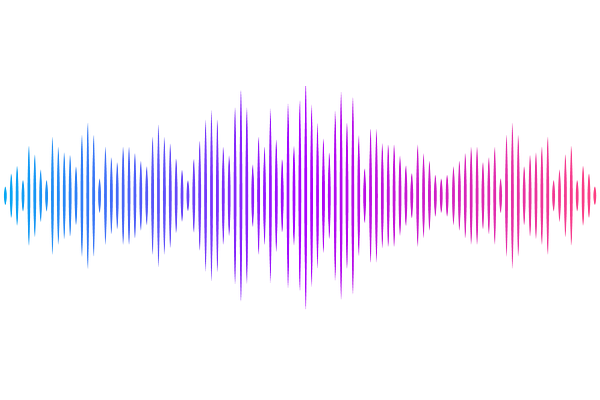Mammalian Cell Models of the Distal Convoluted Tubule: A Systematic Review of Cell Lines, Culture Condition and Gene Expression

Mammalian Cell Models of the Distal Convoluted Tubule: A Systematic Review of Cell Lines, Culture Condition and Gene Expression
Zhong, C.; Sun, Z.; Grillo, A.; Walsh, S. B.; Siew, K.
AbstractThis review examines the crucial role of human cellular models in renal physiology research, with a specific focus on the distal convoluted tubule (DCT). It aims to provide a comprehensive summary of the origins, culture practices, and genetic studies associated with commonly employed DCT cell models. To achieve this, a systematic literature review was performed on Europe PMC, employing a Boolean search strategy. A total of 6,559 articles were initially screened, resulting in 301 articles on human-origin cell models, 69 on murine models, and 29 on canine models being included in the final analysis. Notably, the review identified two studies that introduced novel immortalised human DCT cell lines developed from primary DCT cells. This paper provides a detailed account of the lineage of each cell model, their prevalent culture conditions, and the frequency and nature of gene transfections, both wild type and mutant, conducted in these models. A significant observation from the analysis was the inconsistent reporting of methodological details across studies, which compromises the reproducibility of the research. Additionally, there was a considerable variation in culture conditions and transfection methods used across different studies. The review also highlights that HEK293 family and murine DCT cell lines do not serve as accurate models for DCT cells, pointing out the frequent need for transfecting DCT-specific genes to simulate DCT functionality adequately.